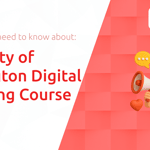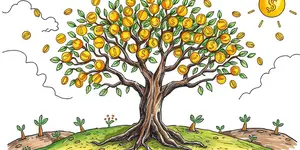
Embarking on a financial journey often feels like navigating uncharted waters. Decisions about savings, investments, and protection can determine whether we reach our goals or drift off course. Assess your true risk tolerance and craft a plan that aligns both heart and mind. This guide will illuminate proven strategies, data-driven tools, and best practices to help you gain clarity, build confidence, and secure a resilient financial future.
Risk assessment is more than a buzzword—it’s the methodical process of evaluating how potential events can erode wealth or derail objectives. Rooted in personal financial planning, it bridges budgeting, tax strategy, retirement preparation, and insurance protection. By quantifying what might go wrong, you prepare for uncertainty instead of being blindsided by it.
At its core, risk assessment empowers you to make choices that accommodate both your dreams and your limits. It helps you avoid emotional pitfalls and stay committed to a long-term vision.
Investors face a spectrum of risks, broadly categorized as systematic or unsystematic. Identify systematic and unsystematic risks to understand where diversification matters most.
Systematic risk impacts entire markets—think economic recessions or geopolitical upheavals—while unsystematic risk pertains to specific companies or sectors. By diversifying holdings, you can’t eliminate systematic risk, but you can mitigate unsystematic shocks.
Robust risk assessment blends quantitative models and qualitative insights. Quantitative analysis assigns numerical values to potential outcomes, revealing probabilities and magnitudes of losses or gains.
Meanwhile, qualitative analysis examines factors like management quality, political changes, or regulatory shifts. By blending both approaches, you gain a holistic view of vulnerability.
Your investment strategy must live in harmony with everyday financial demands. Budgeting, emergency savings, insurance coverage, and planning for major life events form the foundation upon which investing rests.
Consider your personal cash flow, liabilities, and life stage. A young professional might prioritize growth, while someone nearing retirement may favor preservation. Align investments with personal life stages for smoother progress and reduced stress.
A variety of digital platforms and questionnaires can help you profile your risk appetite. Monte Carlo simulators, portfolio analyzers, and online dashboards bring complex models within reach of individual investors.
For tailored insights, consult professional financial advisors or certified planners. Their expertise in portfolio construction and tax strategy can accelerate your progress and deepen your understanding.
Emotions play a critical role in investment outcomes. Panic selling during downturns or chasing hot sectors can undermine long-term returns. Cultivating awareness of these biases is as vital as mastering quantitative tools.
Market environments shift. Strategies that excel in bull markets may falter in choppy conditions, and vice versa. Stay informed about evolving market dynamics and periodically revisit your approach.
Continuous learning—through books, reputable financial publications, and seminars—ensures you remain adaptive. Knowledge is a dynamic asset that compounds over time, just like a well-managed portfolio.
Risk assessment in personal finance is not about achieving zero uncertainty. It’s about understanding, measuring, and mitigating risk so you can pursue meaningful goals with conviction. By combining quantitative rigor with qualitative discernment, employing diversified strategies, and maintaining disciplined habits, you transform uncertainty into opportunity.
Your financial destiny is shaped by the choices you make today. Embrace risk assessment as a guiding framework—one that empowers you to navigate market storms, capitalize on growth periods, and build lasting prosperity.
References













